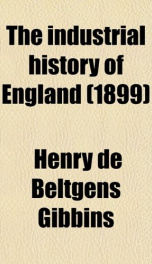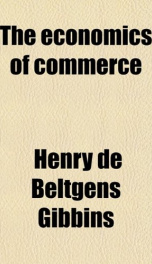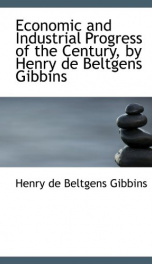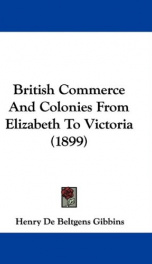the industrial history of england

Purchase of this book includes free trial access to www.million-books.com where you can read more than a million books for free. This is an OCR edition with typos. Excerpt from book: PERIOD III. FROM THE THIRTEENTH TO THE END OF THE FIFTEENTH CENTURY, INCLUDING THE GREAT PLAGUE (12161500). CHAPTER I. AGRICULTURE IN MEDIAEVAL ENGLAND. § i. Introductory. Rise of a wage-earning class. The long reign of Henry III., although occasionally troubled by internal dissensions among the barons, was upon the whole a prosperous and peaceful time for the people in general, and more especially for those whom historians are pleased to call the lower classes. For by this time a remarkable change had begun to affect the condition of the serfs or villeins, a change already alluded to before, by which the villeins became free tenants, subject to a fixed rent for their holdings. This rent was rapidly becoming a payment in money and not in labour, for, as we saw, the lords of the manors were frequently in want of cash, and were ready to sell many of their privileges. The change was at first gradual, but by the time of the Great Plague (1348), money rents were becoming the rule rather than the exception ; and though labour rents were not quite obsolete, it was an ill-advised attempt to extort them again that was the prime cause of Wat Tyler's insurrection (1381). BeforeRISE OF A WAGE-EARNING CLASS. 41 the Plague, in fact, villeinage in the old sense had become almost extinct, and the peasants, both great and small, had achieved practical freedom. The richer villeins had developed into small farmers; while the poorer villeins and especially the cottars had formed a separate class of agricultural labourers, not indeed entirely without land, but depending for their livelihood upon wages paid for helping to cultivate the land of others. The rise of this class, that lived by wages and not by tilling their own land, was due to the fact that cottars and others, not ha...
Info about the book
Author:
Series:
Unknown
ASIN:
B008OBMUEQ
Rating:
4.5/5 (2)Your rating:
0/5
Languge:
English
Users who have this book
Users who want this book
What readers are saying
What do you think? Write your own comment on this book!
write a commentif you like the industrial history of england try:
Do you want to exchange books? It’s EASY!
Get registered and find other users who want to give their favourite books to good hands!







